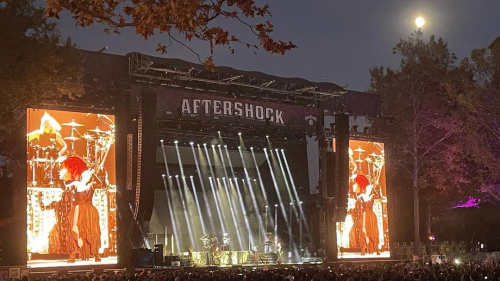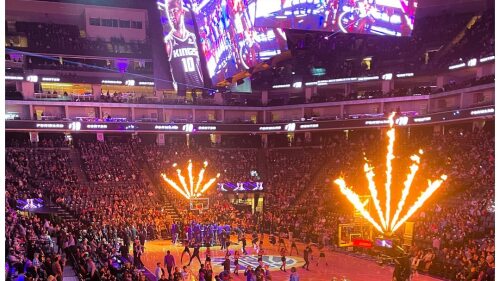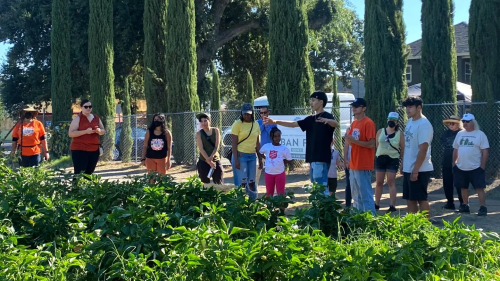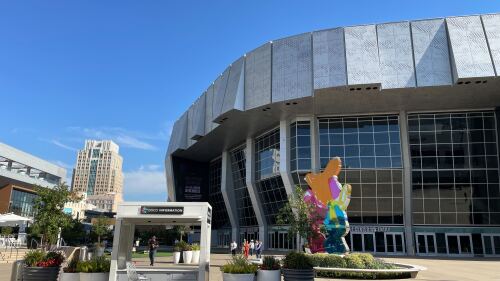Sacramento is no stranger to film — not only do we have our own office to help cinematic + television productions in the River City, there’s also a long list of well-known movies and shows that have filmed here, like our very own Greta Gerwig’s “Ladybird,” the TV drama “The Mentalist,” and “Almost Famous.”
But what if we went further into our filmic past, to the very beginnings of motion pictures? We’re talking before “talkies” + silent era films, back when people would sit twenty minutes for something called a daguerreotype.
There we would find ourselves in Sacramento in the late 1870s at the heels of the origin story for the “father of motion pictures” — Eadweard Muybridge.
Eadweard (his first name is an archaic spelling of “Edward”) was born in England in 1830. Originally a bookbinder, he received training in photography in his home country before he went west in 1866 to work for the government, documenting scenes of the West Coast.
He did this in a “darkroom wagon” that he called The Flying Studio — capturing early panoramas of places like San Francisco as he went along the Western side of the US. Needless to say, he was making quite the name for himself + caught the attention of Governor Leland Stanford.
The governor became Eadweard’s patron in 1872, tasking him with either proving or disproving that all four hooves of a horse come off the ground while galloping.
Eadweard at first thought it impossible with the photographic technology of the time, where the photographic exposure (the capturing of light) would need at least 15 seconds on a good day. For Eadweard, he would need an exposure to happen in a fraction of a second. The project wore on for five years (due in part to him going into exile for murdering his wife’s lover) + cost more than $50,000.
The experiments were conducted at Union Park Racecourse — which stood in Boulevard Park — with the governor’s horse Occident. It wasn’t until 1877, and many failed attempts that brought him to a Rube Goldberg-esque solution that involved string, two slats + the horse manually tripping the exposure, that Eadweard managed to get a photograph of Occident at full speed that he was satisfied with.
A celebrated success at the time, with the press generally convinced of the photo’s authenticity, it was in fact a “woodcut of a photo of a painting of the original photo” — yes, we’re confused, too.
The photographic duo would take what they learned in Sacramento for a grander project in Palo Alto the following year — a project that resulted in the famous moving image of a horse, and the work that earned Eadweard the title “the father of moving pictures.”













